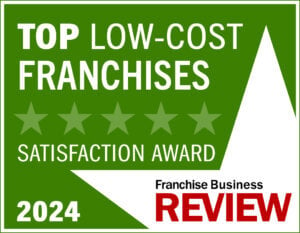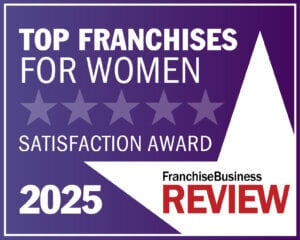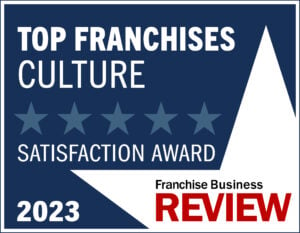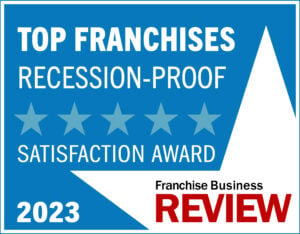The Triple Bottom Line Advantage
Corporate social responsibility isn’t just “nice to have” anymore—it’s fundamental to business success. Enter the triple bottom line concept.
This business strategy covers the financial bottom line, then combines and elevates it through a more thorough human capital valuation and focus on a sustainable future.
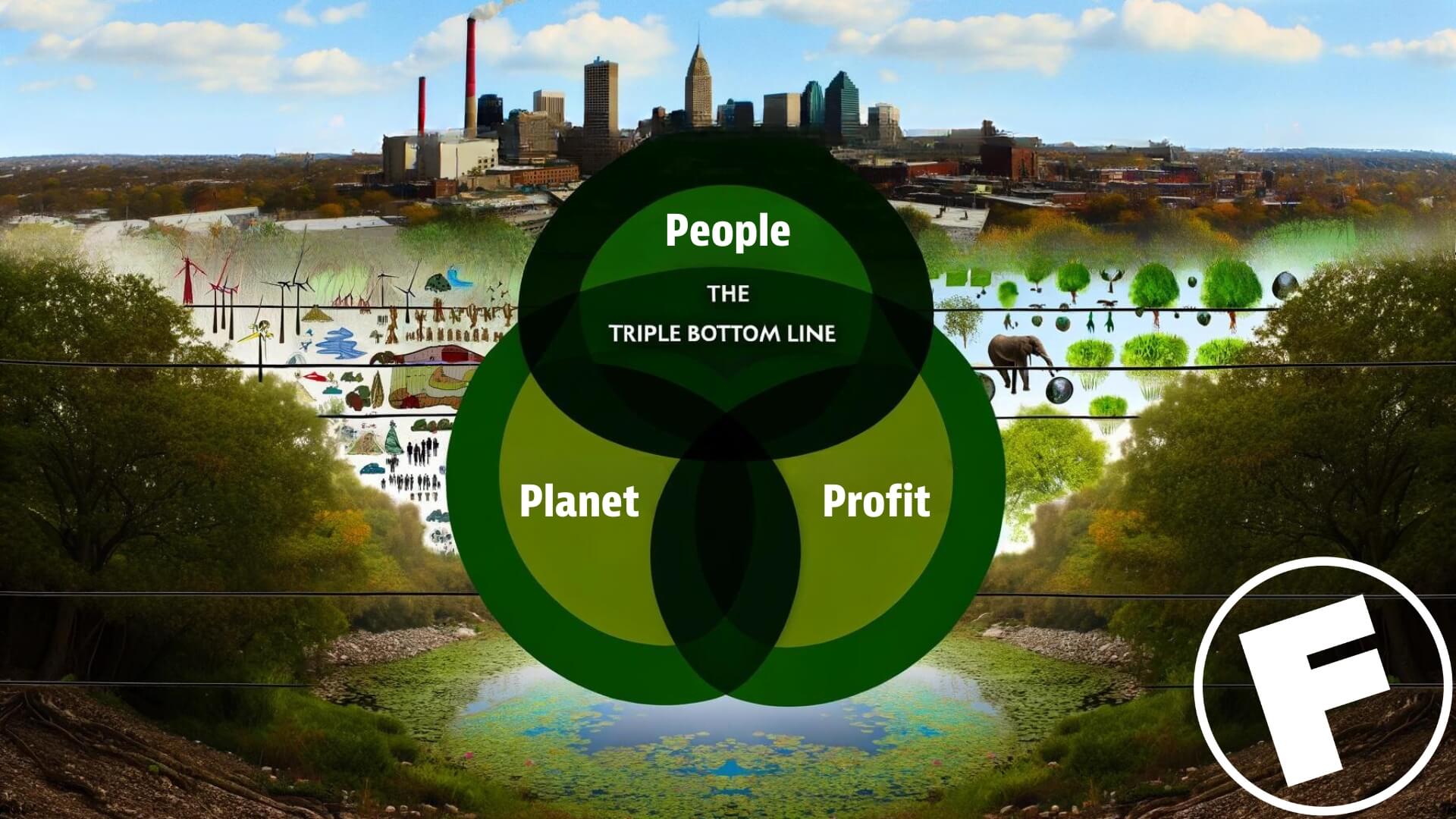
What is a triple bottom line business?
According to Harvard Business Review, a triple bottom line (TBL or 3BL) business commits to focusing on social and environmental concerns just as much as it does on profits.
This approach broadens the traditional reporting framework to consider ecological and social performance in addition to financial performance. The concept was introduced in the 1990s by John Elkington and is often summarized by the three Ps: Profit, People and Planet. Here’s a breakdown:
- People (Social Responsibility): This pillar emphasizes fair and beneficial business practices toward labor, the community, and the region where a corporation conducts its business. A TBL company seeks to benefit many constituencies and not exploit or endanger any group.
- Planet (Environmental Responsibility): TBL companies are concerned about the long-term health and vitality of the planet. They strive to minimize their ecological footprint by, for example, using sustainable materials, reducing energy consumption and waste, and implementing greener practices throughout their supply chain.
- Profit (Economic Viability): While traditional businesses focus on this “bottom line” in financial profitability, a triple bottom line business recognizes that profit is essential to economic sustainability but not at the expense of social and environmental sustainability.
The triple bottom line has gained popularity as businesses recognize the importance of sustainable practices that ensure the long-term viability of their operations and the well-being of the communities and environments in which they operate.
It represents a shift towards more sustainable capitalism where business leaders concentrate on more robust impact assessments, sustainable development, protecting the natural environment, conserving natural resources, and delivering positive change.
What makes TBL important?
The Triple Bottom Line concept expands the traditional reporting framework to include ecological, social, and financial performance. TBL is vital for several reasons.
Firstly, it encourages businesses to pursue sustainability by recognizing that long-term success depends on financial health, environmental stewardship, and social responsibility. By evaluating their impact on the planet and society, companies can identify and mitigate risks that might not be apparent through a purely financial lens.
This holistic view helps build a more sustainable business model that can endure the challenges of climate change, resource depletion, and changing societal expectations.
“TBL encourages businesses to pursue sustainability by recognizing that long-term success depends not only on financial health but also on environmental stewardship and social responsibility.”
Secondly, adopting a Triple Bottom Line approach fosters a greater connection between businesses and their communities, customers, and employees. It promotes transparency and accountability, leading to stronger relationships with stakeholders and enhancing a company’s reputation in a world where consumers and investors increasingly value ethical and sustainable practices; demonstrating a commitment to these areas can differentiate a company from its competitors, opening up new markets and attracting investment.
Finally, the Triple Bottom Line underscores the idea that businesses do not operate in a vacuum but are integral parts of the ecosystems and societies they inhabit, responsible for contributing positively to their health and vitality.
Benefits of a triple bottom line business
Here are some of the key benefits businesses will enjoy by embracing TBL principles:
- Enhanced Reputation and Brand Value: Companies implementing TBL practices see an enhancement in their reputation and brand value. This improvement comes from demonstrating a commitment to social and environmental responsibility, which resonates with today’s consumers, who are increasingly conscious of businesses’ impact on society and the planet.
- Improved Stakeholder Relations: TBL practices can improve relations with employees, customers, and local communities. This is achieved through a commitment to the well-being of these groups, which in turn can increase employee loyalty and customer satisfaction and enhance relations with local communities.
- Long-Term Profitability: TBL can lead to long-term profitability by promoting sustainable practices that reduce costs, increase efficiency, and enhance customer loyalty. Sustainability-focused businesses can benefit from access to new markets and investment opportunities, driving long-term growth.
- Risk Mitigation: Considering social and environmental factors allows companies to identify and address potential risks ahead of time, such as supply chain disruptions and regulatory challenges.
- Innovation: The TBL framework encourages innovation in products, processes, and business models, which can lead to competitive advantages and open up new market opportunities.
- Increased Employee Morale and Loyalty: Prioritizing social responsibility and environmental considerations can increase employee morale and loyalty by creating a positive and meaningful work environment.
- Customer Loyalty: Businesses that demonstrate a commitment to social and environmental responsibility tend to attract customers who prioritize these values, leading to greater loyalty and support.
Implementing TBL has its challenges, including balancing social, environmental, and economic goals and the costs associated with sustainability initiatives.
However, the benefits of adopting such an approach are clear: stay clean and green to keep growth on track.
Examples of successful triple bottom line businesses
Many examples of reputable international corporations have implemented the triple bottom line approach.
Here are a few you may know:
Ben & Jerry’s
Ben & Jerry’s has successfully implemented a triple bottom line approach, effectively integrating social, environmental, and financial considerations into its business model.
By prioritizing values such as sustainability, social justice, and community engagement, Ben & Jerry’s has fostered a loyal customer base and strengthened its brand identity. Through initiatives like sourcing Fairtrade-certified ingredients, advocating for climate justice, and supporting local communities, the company has maintained profitability and generated positive social and environmental impacts.
Seventh Generation
Known for its environmentally friendly cleaning products, Seventh Generation uses natural ingredients and emphasizes protection for people and the planet. The company has expanded into baby and feminine care products.
DHL
The global shipping company has made strides in sustainability by introducing couriers on bicycles in various European countries, significantly reducing carbon dioxide emissions.
Patagonia
An outdoor apparel company, Patagonia uses recycled, organic, or environmentally sound materials in its products and actively supports environmental initiatives.
Better World Books
This company sells used books and donates some of the profits to fund literacy programs, creating jobs and keeping books out of landfills. It is recognized as a certified B Corporation.
Namaste Solar
An employee-owned cooperative in Colorado, Namaste Solar has installed thousands of solar power systems. It emphasizes conscientious business practices and environmental contribution.
Novo Nordisk
A Denmark-based pharmaceutical company has been pioneering using the triple bottom line in their annual reports since 2004, focusing on social and environmental impact alongside financial performance.
Microsoft
Highly regarded for its sustainability efforts, Microsoft uses advanced technologies like artificial intelligence to preserve the environment and optimizes products to use less energy.
Amazon
The world’s largest retailer is making efforts toward sustainability by reducing packaging waste, optimizing its delivery fleet, and reducing water consumption related to its services.
These companies showcase the triple-bottom-line approach’s practical application and benefits, leading by example in their respective industries.
How to incorporate TBL into your business
There are several strategies for integrating TBL into your business:
1. Commitment at the Leadership Level
- Define Vision and Mission: Incorporate TBL principles into the company’s vision and mission statements. This reflects a commitment to social, environmental, and economic responsibilities.
- Leadership Training: Train leaders and managers on sustainability and social responsibility to ensure they can lead by example and drive the TBL agenda.
2. Stakeholder Engagement
- Identify Stakeholders: Identify all stakeholders, including employees, customers, suppliers, the community, and the environment.
- Engage and Collaborate: Regularly engage with stakeholders through surveys, meetings, and forums to understand their concerns and expectations regarding sustainability and social responsibility.
3. Sustainable Supply Chain Management
- Supplier Selection: Choose suppliers based on their environmental and social performance, cost, and quality.
- Sustainability Standards: Implement sustainability standards across the supply chain and conduct regular audits to ensure compliance.
4. Environmental Sustainability Initiatives
- Reduce Carbon Footprint: Implement initiatives to reduce energy consumption, increase energy efficiency, and switch to renewable energy sources.
- Waste Management: Develop strategies for waste reduction, recycling, and reuse. Consider a circular economy model to minimize waste and resource use.
- Resource Conservation: Use sustainable materials and technologies to conserve resources, including water conservation measures.
5. Social Responsibility Programs
- Employee Well-being: Invest in programs that support employee health, safety, and well-being, including fair wages, benefits, and work-life balance.
- Community Engagement: Develop community programs that support local development, education, and health. This could include volunteering, donations, or social enterprises.
- Diversity and Inclusion: Foster a diverse and inclusive workplace where everyone feels valued and respected.
6. Financial Performance with Social and Environmental Integration
- Sustainable Business Models: Develop business models that integrate social and environmental benefits, generating financial returns while contributing positively to society and the planet.
- Impact Investing involves Allocating a portion of the investment to social and environmental projects that offer financial returns and positive impact.
7. Measurement and Reporting
- Sustainability Metrics: Develop metrics to measure social, environmental, and economic performance. These metrics include greenhouse gas emissions, energy consumption, employee satisfaction, and community investment.
- Transparent Reporting: Regularly report on TBL performance to stakeholders through sustainability reports, integrated reports, or impact reports. Use frameworks like GRI (Global Reporting Initiative) for guidance.
8. Continuous Improvement
- Feedback Loops: Establish feedback mechanisms to learn from TBL initiatives and continuously improve.
- Innovation for Sustainability: Encourage product, service, and process innovation to enhance sustainability and social impact.
Implementing a TBL approach requires a long-term commitment and a willingness to integrate sustainability into business operations.
It’s a journey that benefits the planet and society and can drive financial performance through innovation, efficiency, and enhanced brand reputation.
Open a profitable and socially responsible Fibrenew business today
Since 1987, we’ve built Fibrenew on an all-encompassing sustainability and socially responsible agenda.
Our philosophy is to extend the lifecycle of incredible leather, vinyl, plastic, and upholstery products, avoiding the need for them to hit the landfills and satisfying our customers’ sentimentality at the same time.
We are proud to say we are fundamentally a triple-bottom-line brand, not just as a way to try to make us look better, but because it’s what we believe in—no BS.
If you support protecting our Earth and want to make a great living, get your free copy of the Franchise Information Report today, and let’s start the conversation!



